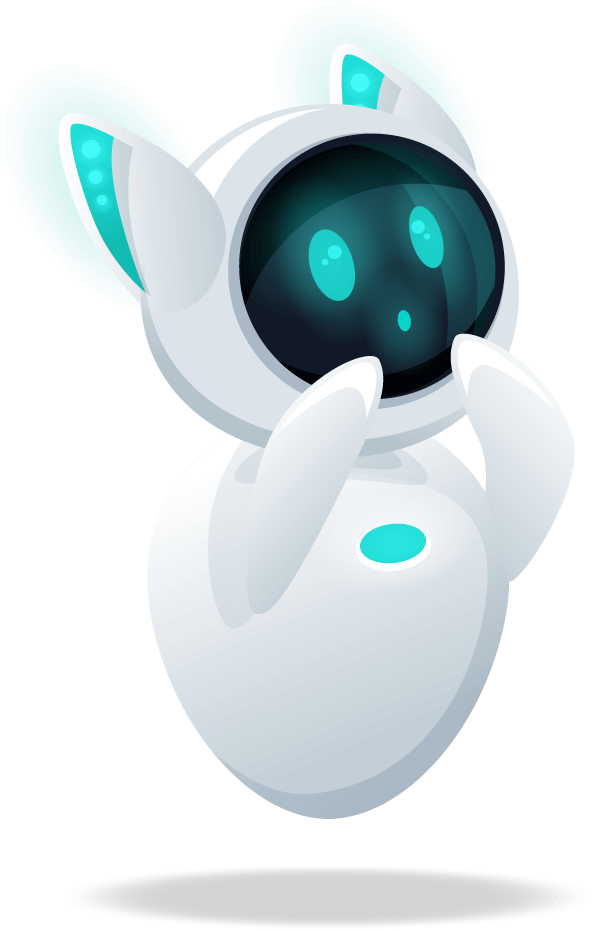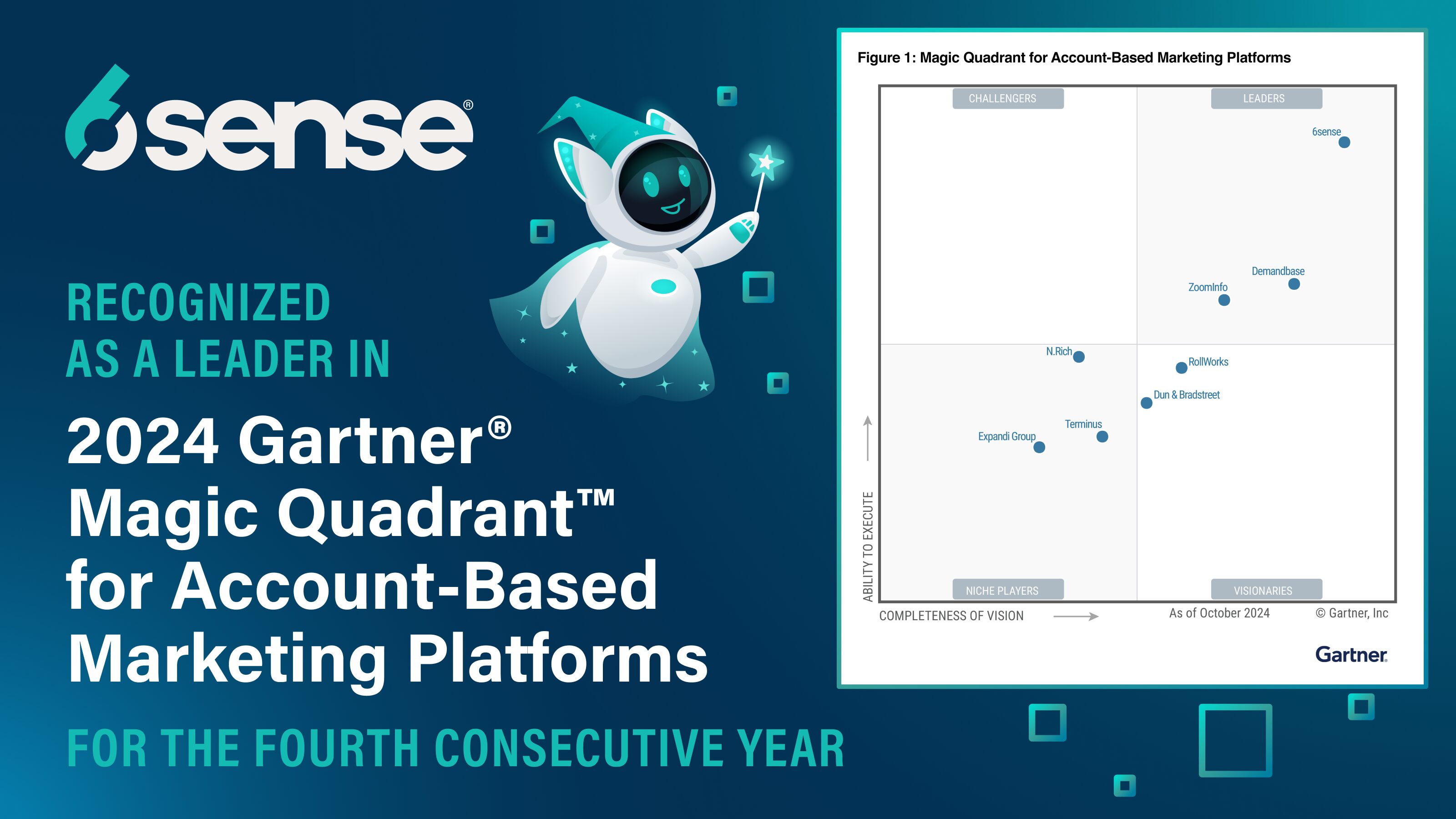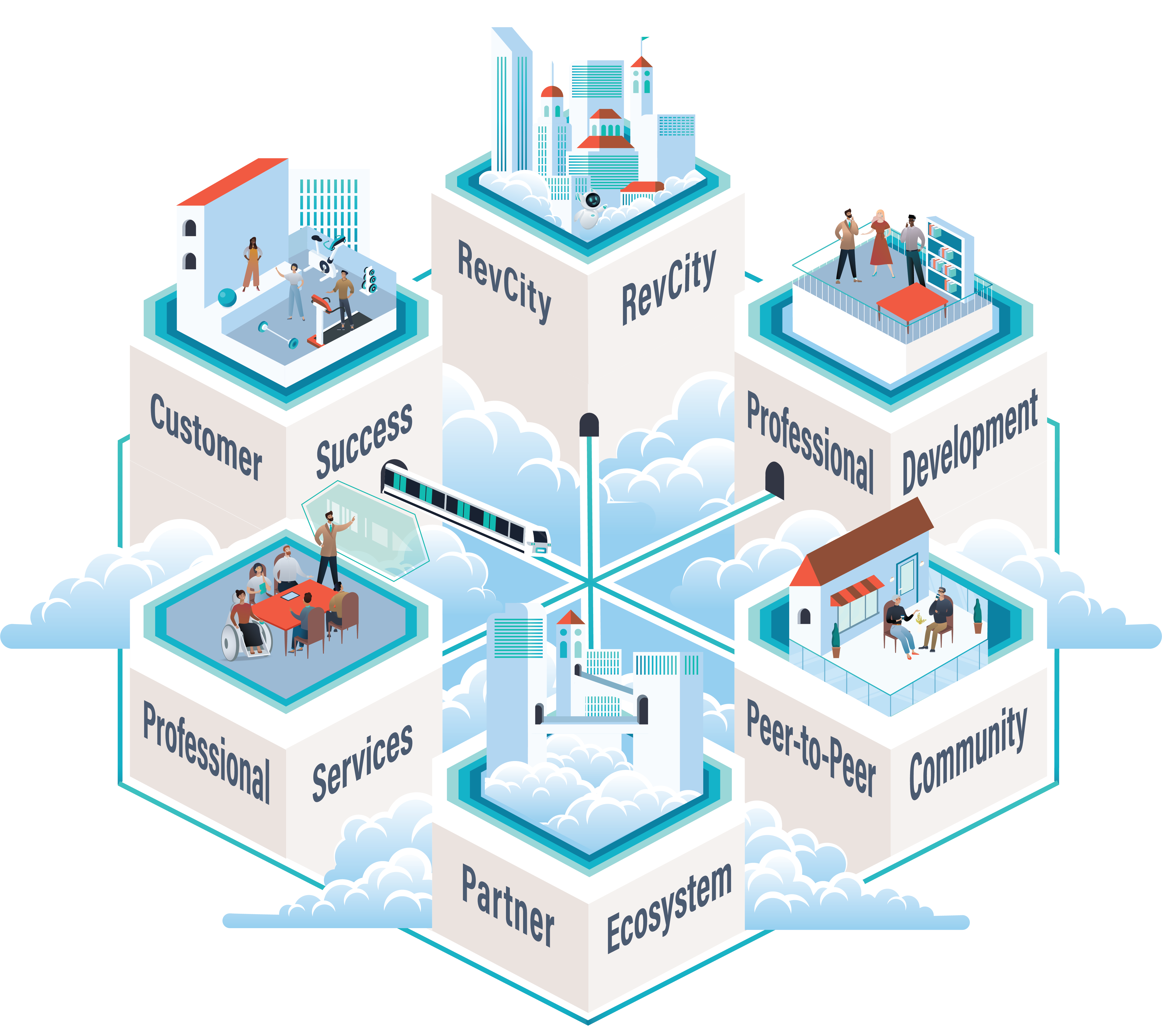Demand Generation Guidebook

Table of Contents
Demand Generation Resources
What is Demand Generation?
B2B demand generation is all about creating a buzz for your business and building demand for your products and services.
Done right, it engages the right customers, builds trust, and guides them into conversations that ultimately lead to deals.

The History of Demand Generation
The history of modern demand generation can be traced back to the late 1950s, when direct mail campaigns became a popular way to reach buyers. In the 1990s, companies started using the internet to create targeted campaigns, and the current landscape of demand generation began to take shape. As digital technologies have enabled the rise of inbound marketing, demand generation has evolved to encompass a broad range of strategies.
The Current State of Demand Generation
Companies find qualified leads using strategies such as
- Content marketing
- Email marketing
- Social media marketing
- Search engine optimization (SEO)
- Display and video advertising
- and more
Companies use a variety of intent data sources, as well as AI and machine learning, to optimize their demand generation efforts and better target potential customers.
Demand Generation Players
Demand generation is supported by a variety of companies and software platforms, including Salesforce, HubSpot, Marketo, Pardot, and 6sense. Marketers use these platforms to create and execute campaigns to attract and engage potential customers through various channels, including email, social media, and organic search.
The best demand generation platforms use AI and machine learning to identify prospects who are already anonymously researching their solutions. By incorporating data from both first- and third-party sources, a solution like this allows marketing teams to not only know whom to target, but where they are in the buying journey.
End-users of demand generation are typically B2B companies looking to increase their website traffic, leads, and sales.
Designing Your Demand Generation Strategy
Effective Demand Generation Tactics
To create an effective demand generation strategy, companies need to focus on best practices and tactics that are proven to drive results. Some of the most effective demand generation tactics include:
- Account-based marketing (ABM): Creating personalized content and experiences that speak directly to the needs and interests of individual prospects.
- Content marketing: Creating and sharing valuable content that educates and informs potential customers, with the goal of building trust and establishing thought leadership.
- Social media marketing: Leveraging social media platforms to engage with prospects and customers, with the goal of building brand awareness and driving engagement.
- Search engine optimization (SEO): Optimizing website content and structure to improve search engine rankings and drive organic traffic.
- Email marketing: Using email to reach out to prospects and customers, with the goal of building relationships and driving engagement.
Demand Gen Best Practices
At its core, the purpose of demand generation is building pipeline. Dave Kellogg, a former startup CMO and CEO who now works as an advisor, has these suggestions for effective demand generation that leads to solid pipeline.
- Segment your pipeline: Breaking down prospects by source, channel, opportunity type, industry, size or segment delivers insight that allows for effective targeting and connection.
- Look for warm accounts: The problem with lead-centric demand generation that measures the number of touches an individual person makes is that it misses the bigger picture. “But if you look at the account and see a bunch of people at that company are interested, you can target them with marketing and SDR campaigns,” Kellogg says.
- Target accounts deep into their buying process: With so many buying teams researching anonymously in the Dark Funnel™, it’s not always possible to catch buyers early in the process. But it’s not too late — marketing can still target accounts that are farther down the funnel with valuable information to match their needs.
- Look at intent data: Intent data lets marketers get more scientific with current evaluations. According to TrustRadius, only 40% of software companies currently use buyer intent data for lead generation, so it’s a solid way to get a jump on the competition.
- Develop alternate forms of proof: If hesitation at the proof of concept phase is slowing down sales, marketing can help move accounts forward with additional forms of proof, such as a white paper, case study, or customer referral.
Take a deeper dive into Kellogg’s recommendations here.
Demand Gen Success Story: 6sense and Morningstar
Uran Kabashi, Director of Demand Gen & ABM at Morningstar, says the financial services industry leader achieved their pipeline and revenue goals by implementing 6sense.
Morningstar was able to leverage AI and predictive models to better understand their customers and target them more effectively.
Here are three tips to see the same success:
1. Shifting From Brand-focused to Customer-focused Marketing
When a brand starts, it makes sense to do some work with brand- and feature-focused marketing. That’s foundational awareness work a company can build on.
But to reach beyond those fundamentals, companies need to also reach prospects with information that directly connects value to need. You need to understand pain points and address them.
“The more targeted you are, the more relevant you are to your customer, the more you’re customer-centric, it allows you to have better engagement overall. You’re not spraying and praying with digital ads, people who don’t even care to see your message,” Kabashi explained.
2. Align Sales and Marketing Motions to Scale
Audience segmentation sharpens campaign focus for marketers, and alerts help sales reps understand who to call and when.
These techniques pay off in increased purchase opportunities and improved engagement with your target audience.
As soon as they saw the results, Morningstar’s sales team wanted more, Kabashi said. “They wanted to know, ‘How do we get access to this data more frequently? How do we get a sales intelligence widget?’’ ‘How do we get alerts?’”
Giving sales access to a demand gen dashboard to help them drive even more outcomes was a win across the revenue team.
3. Pilot and Expand Strategically
If you have multiple audience segments and/or multiple products, you don’t have to deploy your demand generation strategy across all of them at one time.
Morningstar, for instance, started with one value proposition on their flagship product to use as a test attractor, and as that campaign saw success, expanded — and continues to expand — with messaging, products, targets, and lines of business.
But the buy-in yielded from the success of those first efforts means the entire revenue team is on board for these future efforts.
You can hear the full story of Morningstar’s successful demand gen process here.
What to Look for in Demand Generation Software
If you’re looking for a world-class demand generation solution, you’ll want a world-class demand generation platform. Look for a tool that allows you to accomplish all of these:
- Campaign and audience research: Conduct in-depth research on their target audiences, including their interests, preferences, and behaviors.
- Digital advertising: Create and launch targeted advertising campaigns across multiple channels, including social media, search engines, and more.
- Direct engagement: Engage with prospects and customers in real-time, using personalized messaging and experiences.
- Inbound lead management: Capture and nurture leads from a range of inbound sources, including website visitors, social media followers, and more.
- Advanced analytics: Get real-time insights into the performance of demand generation activities, enabling you to optimize your strategy and drive better results.
Learn more about finding what you need in your demand gen partner here.
Share

